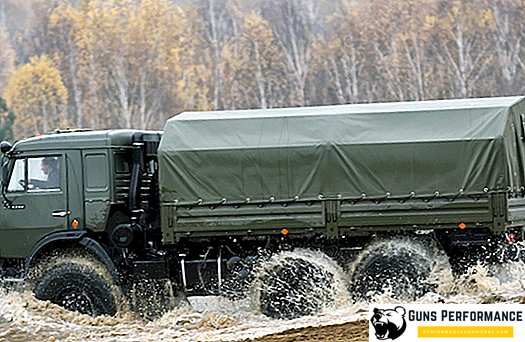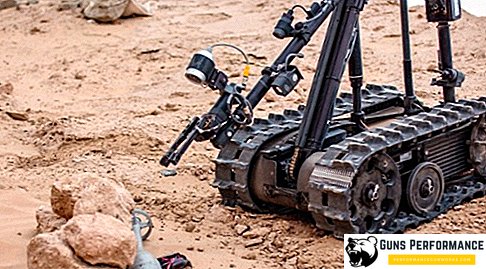Machete is considered a tool for household work, in hot countries it is used for cutting vines and undergrowth in the jungle, on plantations it is the main assistant when harvesting sugar cane. Locals use machete cleaver to cut animal carcasses and for various household work. In the event of an attack by predators or bandits, the machete will show itself as an excellent weapon.

A long knife can easily become a weapon of attack or defense. This is not surprising if we recall the fact that the machete is a descendant of a boarding sword, which in the process of evolution has lost the guard. However, only in the Philippines there is a specialized martial arts school that studies machete combat.
The history of the machete
The history of the emergence of machetes is closely connected with the colonization of South America. Having taken slaves on a sugar cane plantation, the planters faced the difficulty of harvesting it. Traditional European agricultural tools could not cope with the cutting of thick and hard stems. Inexpensive boarding sabers suited for this task as well as possible. To lighten the weight, the sabers were cut, and the protective guard disappeared as unnecessary.
A machete chop starts from the shoulder, which provides a crushing blow. To work with such a wide range of impact would require enormous endurance, so machetes are rarely made thicker than 4 millimeters. Working machetes are about 2-2.5 millimeters, while they are made of flexible carbon steel. A machete kick should be clearly directed, so the handle has a thickening at the end, which reduces the risk of slipping. For greater certainty, you can equip the weapon with a belt loop.

A classic machete has a blade length of 400 to 600 millimeters, but its shape is often very different. Each master makes his product in accordance with his preferences, but factory designs are devoid of this individuality. In any case, the blade at the machete is wide, often the nose is raised up. Some outstanding sharpening machete blades do not differ, they are sharpened at a large angle. Of course, razor sharpening may be necessary for combat samples (carbon steel allows it to be done), but on an agricultural implement such sharpening will damage the edge of the blade. The purity of a machete blow depends more on strength, clarity and speed.
Weapons in all countries are often decorated, but the machete is devoid of these delights, a good owner of all his tools are simply in perfect condition (and who might come to mind to decorate a hammer, braid, or is it the most machete?)
Machete spread all over the world
After the war between the northern and southern states, machetes spread throughout the United States. He was appreciated not only by the peasants, but also by travelers, the military and just people who are interested in edged weapons. During the Second World War, the US Army took the machete as a standard weapon for the air force.
The best machete: which type to choose?
All types of machetes are a long blade, devoid of guards with a wooden or plastic handle. Sharpening, as a rule, one-sided, the tip often does not sharpen. By type of machete are divided into:
- Latin machete - the most common type, is a thin blade, long from 40 to 80 centimeters. In the historic homeland is used as the main agricultural tool, as well as such machetes are armed with most local bandits. By the way, this kind of machete was used by soldiers of the US Army in Korea, Vietnam, and in operations of the Pacific region during the Second World War;
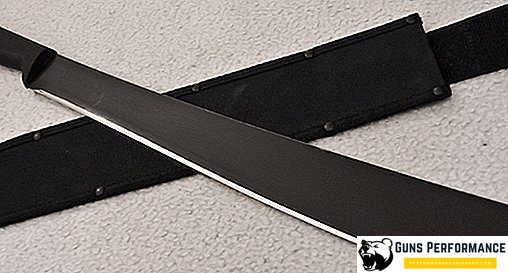
- Parang - machete from Malaysia. In translation it means "sword", but the blade itself refers to machete or hacksaw. Differs in the big weight and thickness of an edge. Parang work differs significantly from machete work. Due to the large weight there is no need for wide swing. Parang inflicts short and quick blows. Blade length of 30 centimeters. At home, it is divided into two subspecies: the knife and the sword. The first is used more for economic work, the second - for hostilities;
- Kukri is a Nepalese cleaver. Curved blade, the so-called "falcon wing" leading its ancestry from falkat blades. Mainly used as a weapon, often decorated with inlays. Thickness reaches 6 millimeters, perfect for cutting shrubs and thin trees. The main problem of the Nepalese samples is the build quality. Despite the high price and attractive appearance, they often break out of the handle, and chips appear on the blade when cutting dry wood;
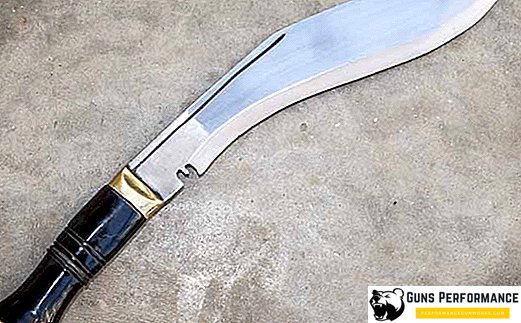
- Bolo is a Philippine cleaver. Differs blade, which expands to the end. It is used as an agricultural implement, thanks to the shape of the blade it cuts shrubs perfectly;
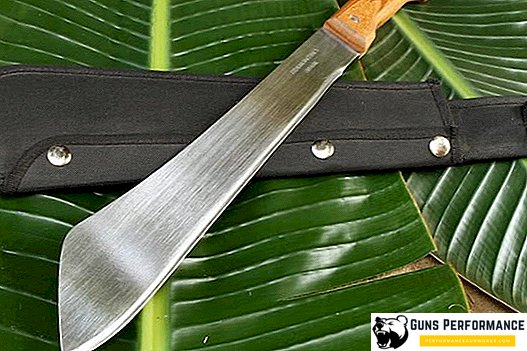
- Golok is a popular machete in Malaysia and the Philippines. It has a short and heavy blade that allows you to cope with the cutting of thin trees. Perfectly serves as a weapon. Thanks to the curved handle does not slip out of the hand;
- Panga - machete originally from Africa. It features a long blade, expanding at the end, with a sharp descent of the butt line. Used for agricultural work, but was used as a military weapon during the uprisings in Kenya and Rwanda;
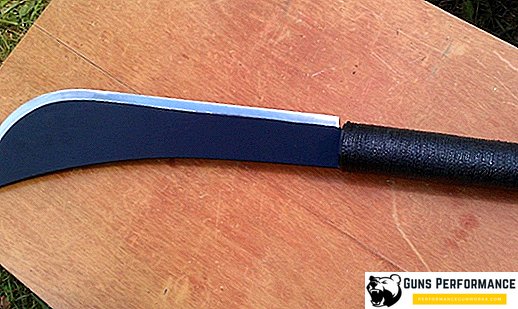
- Barong - machete Filipino Muslims, having a bend in the form of a hook at the end. Used mainly for ceremonies and rituals;
- Vesuri is a Karelian-Finnish version of machete. Now very rare. Because of the particular shape of the blade, it struck with crushing force.
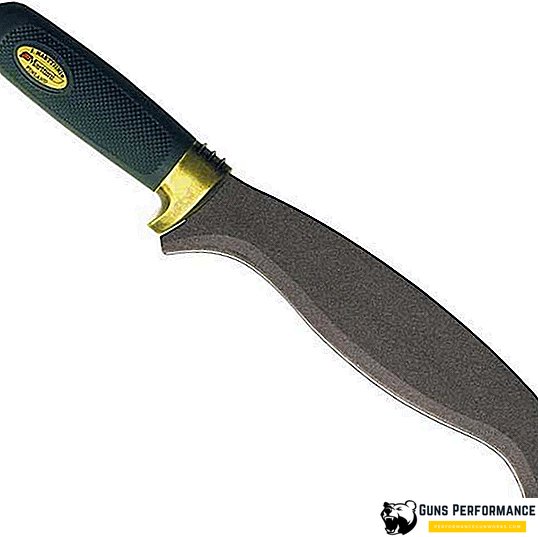
There are many specific blades such as machetes in various nations of the world, but they are not widely used.
Use machete in our climatic conditions

In our latitudes, the traditional helper in the forest was an ax. With it, you can chop wood, build a hut and fend off the beast or the bandits. After the collapse of the USSR, various machetes, kukri, and similar hatchets poured into the territory in a wide stream. It turned out that for a hunter in the taiga from a light machete confusing is not enough. You can take a machete on a day trip to a forest belt, but if you need to settle down for the night, chop machete poles - this is a whole problem. The ax will cope with such work much easier. Here for fishing machete is the best fit. Hack a passage in the bush, clean the reed area on which you plan to fish, and similar tasks machete perform perfectly.
When choosing a type of machete, you need to build on the area in which you plan to use it. If you have to cut a lot of thick branches and bushes, it is better to choose a tool that is heavier. It happens that to pick up a machete in accordance with your requests is not so easy. In this case, it is better to make it yourself or modify the serial model in accordance with your vision of the ideal machete. Most often, you just need to choose a blade that is suitable in length and thickness, and the handle can be easily machined under your arm or replaced.
Machete is an excellent multifunctional tool that can replace an ax with a brief foray into nature. Choose the most suitable option for you, and you can safely go hiking or fishing!













